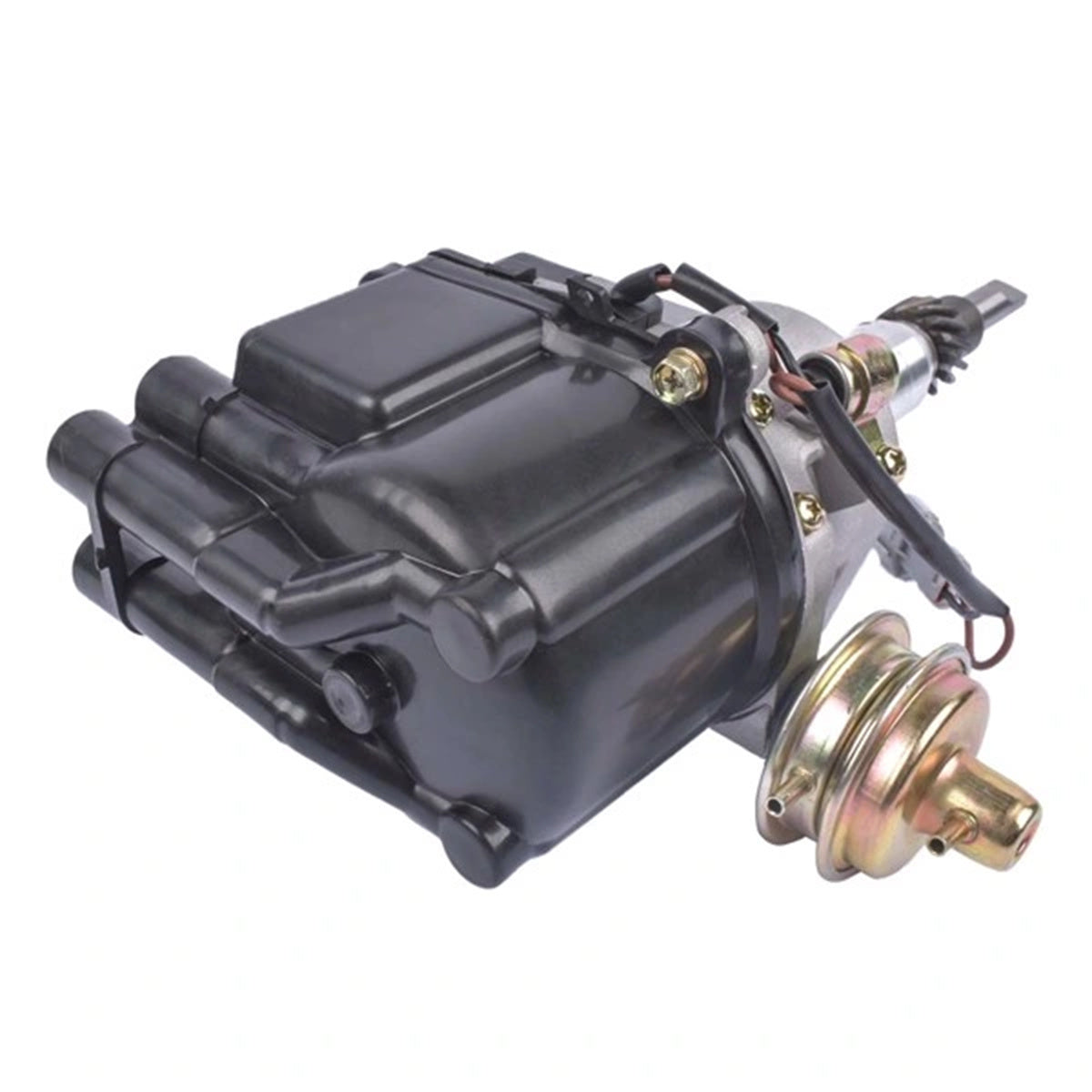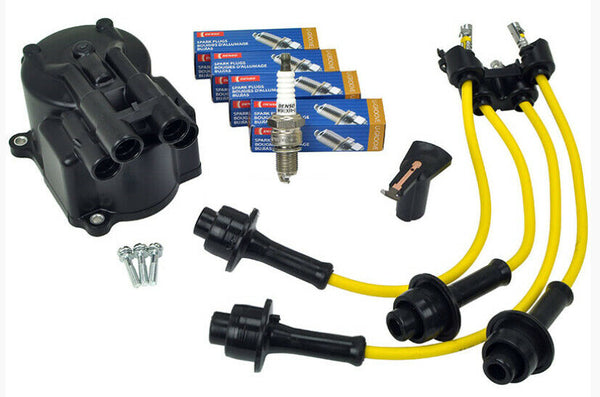How to Ensure Proper Care for Your 4Y Engine to Avoid Expensive Repairs
How to Ensure Proper Care for Your 4Y Engine to Avoid Expensive Repairs
Blog Article
Exploring the Different Types of Engine: Which One Fits Your Demands?
Inner combustion engines proceed to dominate due to their integrity, while electrical engines are gaining traction for their sustainability. Crossbreed engines supply a flexible compromise, and diesel engines stand out for their power in demanding applications.

Inner Burning Engines
Internal combustion engines (ICEs) are the backbone of contemporary transportation, powering a large variety of lorries from autos to planes. These engines operate the concept of converting fuel into mechanical power via a series of regulated explosions within a burning chamber. One of the most common sorts of ICEs consist of gas engines, diesel engines, and rotary engines, each made to fulfill particular efficiency and effectiveness needs.
Gas engines typically utilize stimulate ignition, while diesel motor count on compression ignition, leading to unique differences in gas performance and power result (4y engine). Rotary engines, or Wankel engines, offer a small style and smooth operation, but are less commonly utilized in mainstream applications
ICEs have gone through substantial improvements in technology, consisting of the intro of turbocharging and fuel injection systems, which boost total effectiveness and performance. Despite their effectiveness improvements, ICEs face increasing examination because of their ecological influence, specifically regarding greenhouse gas discharges. As the automotive industry progresses, the future of ICEs remains a subject of debate, stabilizing performance, performance, and ecological factors to consider. Nonetheless, they remain to play an essential function in international transportation facilities.
Electric Engines
As problems about ecological sustainability and fossil fuel reliance grow, electrical engines have become an engaging option to inner combustion engines. These engines use electric motors powered by batteries or gas cells, providing a cleaner and extra effective motive powers.
One of the primary benefits of electrical engines is their lowered emissions. Unlike typical engines that melt nonrenewable fuel sources, electric engines produce absolutely no tailpipe exhausts, considerably lowering air contamination and adding to boosted public health and wellness. Furthermore, the performance of electrical motors often exceeds that of inner burning engines, converting a greater proportion of energy from the power source right into useful energy for motion.
Electric engines are likewise significant for their peaceful operation, making them ideal for urban settings. 4y engine. The simpleness of their design results in fewer moving components, which can lead to reduced upkeep expenses and raised integrity with time
However, challenges remain, consisting of battery production effects, billing infrastructure, and array constraints. In spite of these hurdles, the expanding financial investment in electrical automobile technology and renewable resource sources factors toward an appealing future for electric engines, positioned to play a vital role in the change toward lasting transport.
Hybrid Engines
Mixing the advantages of both traditional and electrical internal burning engines, hybrid engines stand for a functional option in the mission for effective and lasting transport. These engines integrate a fuel or diesel engine with an electrical motor, permitting improved gas performance and reduced discharges compared to conventional cars.
Hybrid engines run in numerous settings, using the electrical motor for low-speed driving and the inner combustion engine for higher speeds or when even more power is required. This vibrant procedure not only enhances fuel economic situation but also adds to a smoother driving experience. Regenerative stopping is one more vital attribute, recording power commonly shed during stopping and redirecting it to recharge the battery.

As consumers significantly focus on eco-friendliness, hybrid engines attract attention as a sensible choice, offering an efficient balance of performance, effectiveness, and ecological responsibility. This versatility makes them suitable for city travelling and long-distance traveling alike.
Diesel Motor
Performance and power are hallmarks of diesel motor, which have actually long been preferred for their effectiveness and gas economy. These engines operate the principle of compression ignition, where air is compressed to a heat prior to fuel is injected, igniting it without the demand for spark plugs. This process allows diesel motor to accomplish greater thermal efficiency compared to gas engines, translating right into better gas mileage and reduced carbon dioxide emissions.
Diesel motor are specifically appropriate for heavy-duty applications such as vehicles, buses, and commercial equipment, where torque and toughness are critical. Their style generally includes stronger elements to withstand the greater pressures produced throughout procedure, leading to longer solution life and reduced upkeep costs.

Alternative Fuel Engines
While diesel engines have lengthy controlled the landscape of sturdy power sources, different gas engines are obtaining traction as feasible options for a more lasting future. These engines utilize a variety of gas, such as pressed gas (CNG), ethanol, hydrogen, and lp, aiming to minimize greenhouse gas emissions and dependence on nonrenewable fuel visit the website sources.
One considerable advantage of different gas engines is their prospective to lower carbon footprints. CNG engines emit less toxins compared to conventional diesel engines, making them ideal for city transportation systems and fleets seeking to enhance air top quality. Ethanol, originated from biomass, not only decreases emissions however also supports agricultural economic situations.
Hydrogen fuel cells stand for a cutting-edge growth in this realm, supplying zero-emission power through a chemical reaction in between hydrogen and oxygen. Challenges such as facilities development and manufacturing expenses continue to be obstacles to extensive adoption.
Final Thought
Inner combustion engines offer reliability, while electrical engines prioritize sustainability and reduced maintenance. Hybrid engines integrate the advantages of both, boosting efficiency, whereas diesel engines give superior power and torque for sturdy applications.
Hybrid engines provide a flexible compromise, and diesel engines stand out for their power in requiring applications. The most common kinds of ICEs consist of gasoline engines, diesel engines, and rotating engines, each made to satisfy specific performance and efficiency needs.
Unlike standard engines that shed fossil fuels, electrical engines generate absolutely no tailpipe emissions, significantly my review here decreasing air contamination and contributing to enhanced public health and wellness.Hybrid engines run in a number of settings, using the electrical motor for low-speed driving and the inner burning engine for higher speeds or when even more power is required. Hybrid engines incorporate the advantages of both, enhancing efficiency, whereas diesel engines give remarkable power and torque for heavy-duty applications.
Report this page